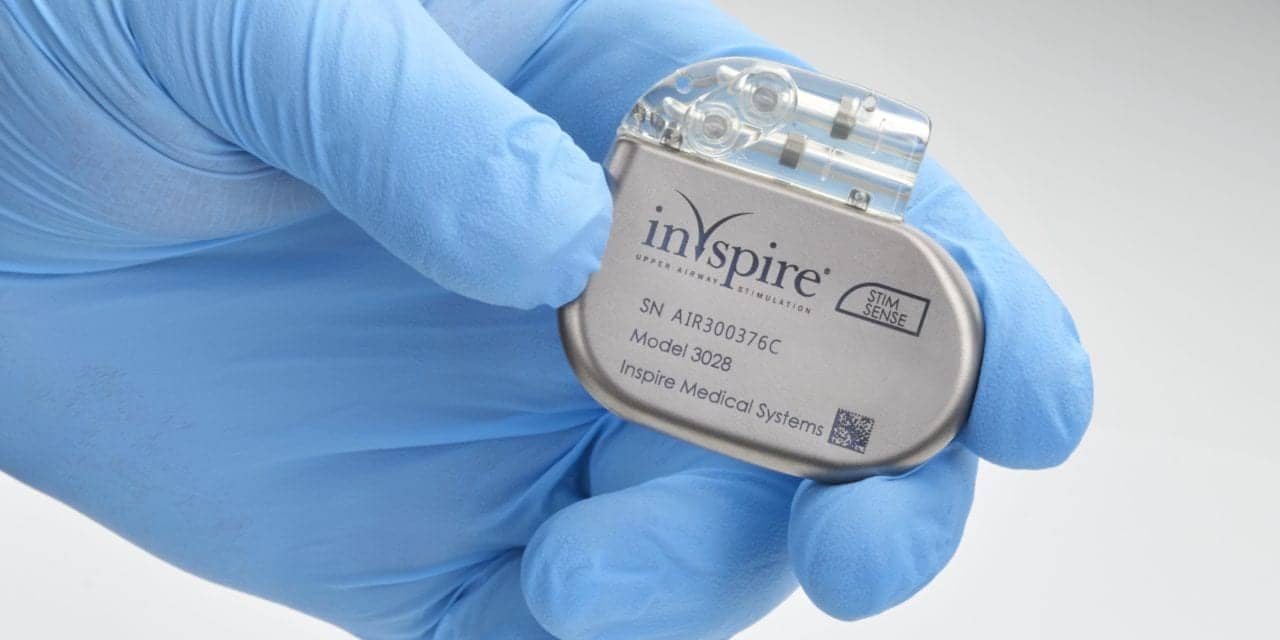Inspire Medical Systems, a medical technology company focused on the development of minimally invasive solutions for patients with obstructive sleep apnea, has received US Food and Drug Administration (FDA) approval to offer Inspire therapy to pediatric patients with Down syndrome.
Inspire’s implanted neurostimulator has been prescribed to adults with Down syndrome for several years but previously only to patients who were at least 18 years of age.
“Since our first FDA approval in 2014, the research team at Mass Eye and Ear, led by Dr Christopher Hartnick, have pioneered the use of Inspire in this important group of people, and we are thrilled to announce this most impactful approval on World Down Syndrome Day,” says Tim Herbert, president and CEO of Inspire, in a press release. “We acknowledge and appreciate the persistence of Dr Hartnick’s team, as well as the teams at the many participating institutions, to collect the necessary clinical evidence to support the FDA approval. We would also like to thank the LuMind IDSC Down Syndrome Foundation for their support of our FDA application. Inspire intends to immediately begin educating healthcare providers across the US about the benefits of Inspire therapy for children with Down syndrome.”
Approval of the pediatric population with Down syndrome will include obstructive sleep apnea patients who are at least 13 years old, with an apnea-hypopnea index between 10 and 50, and do not have the ability to benefit from CPAP.
The research has been ongoing for several years, and many third-party payers, including Medicare, provide coverage for this population.
“When the first study of this device was published on adults, I realized it could potentially help kids with Down syndrome,” says Christopher Hartnick, MD, director of Pediatric Airway, Voice, and Swallowing Center in the division of pediatric otolaryngology at Mass Eye and Ear, in a press release. “Through the years, we have been able to leverage the technology and lead a series of clinical trials that have provided the necessary safety and efficacy data to gain the FDA approval. This is a very important step in our treatment pathways for these children who are disproportionately impacted by obstructive sleep apnea and have few treatment options.”





